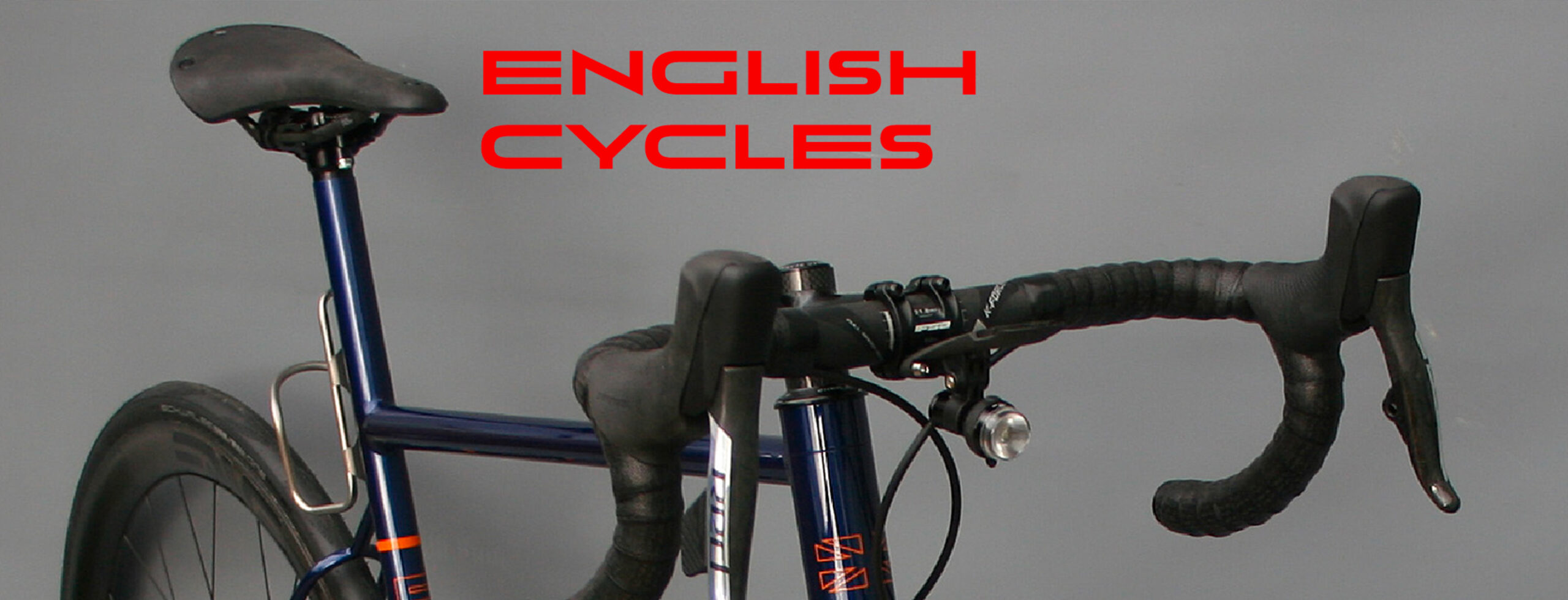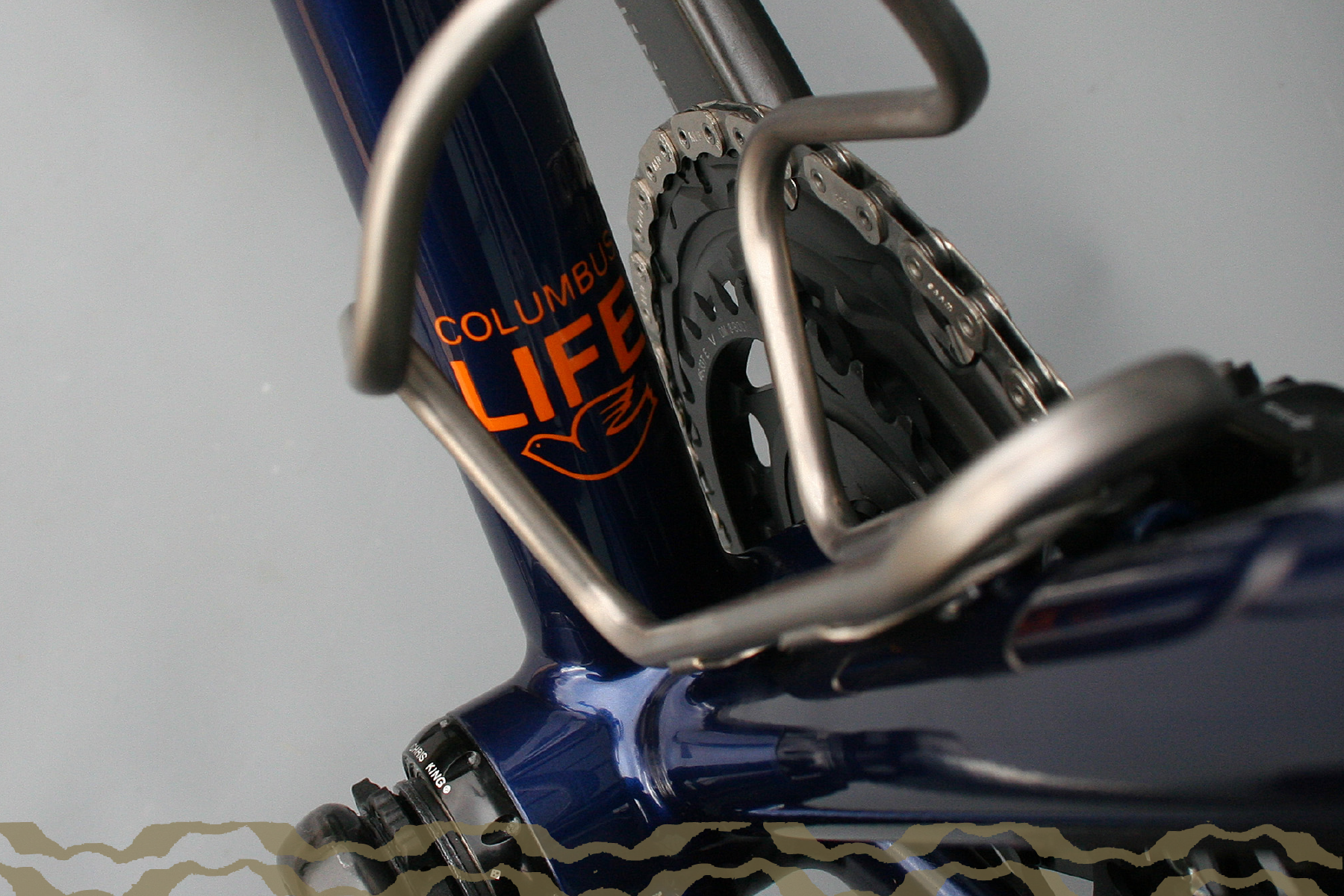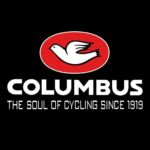A new episode of Heart of Metal: our feature dedicated to the art and practice of framebuilding!
This week Columbus speaks with Rob English, an English mechanical engineer and framebuilder living and working in Eugene, Oregon. An iconoclastic builder of extremely interesting bikes and winner of best in show at NAHBS 2013, he is also, we discovered during our conversation, a devoted fan of Columbus tubing!
Hi Rob!
Hi!
So, my first question, like with all these interviews is: when did you first start using Columbus tubing?
I started using Columbus tubing in the early 2010s when True Temper closed down. Up until then I had predominantly used True Temper because it was easy to source and US-made.
I contacted the US distributor of Columbus at the time and they had a good selection. I looked at the specs and got to know things. I began using Life and a bit of Zona. There is a Life aero downtube which would have a 42mm diameter if it was round but with the tear drop shape becomes a 33 x 51mm. And I just really like that tube!
At one point I was having trouble getting them so I made bulk order of 30 of them, which for a small builder like me is a big investment. The same with the Life S-bend chainstays. There aren’t any other tubing companies out there making a really lightweight 24mm chainstay with double butts. I ordered 30 sets of those too.
What would you describe as the difference between Columbus and other brands of bicycle tubing? Is there a difference you can note when you weld? Or in some other moment of constructing the bicycle?
The thing I’ve noticed most about Columbus is that your tubes seem to be very consistent. Every now and then I weigh tubes to check tolerances relative to the catalogue specifications and they hold tolerances very well. There is very little variability between orders which positively surprises me as I’d expect tubes to increase in weight as the die used to draw them wears out. But like I said I haven’t seen this variability. So I really appreciate the consistency and that I can trust the materials. I am trying to tune the experience for each rider through butt lengths and diameters and since wall thickness and tube weight affect ride quality I wouldn’t be able to do that if the tubes weren’t identical to catalogue specs.
In terms of working with the tubes during brazing I haven’t noticed much difference between manufactures. All the high strength alloys be they Life or 853 or others are hard to work with. Once you are familiar with how to manipulate and cut these alloys though you can work with all of them.
Could you talk us through the frame you want to share with us today?
The timing of your request to interview me couldn’t be better because I just got this bike back from the painter yesterday and I think it’s the first bike I’ve ever made that has the Columbus tubing logo on it, as my customer specifically requested it!
But about the bike: when this customer came to me what he was really wanting was that kind of “forever bike”. And he wanted it customized to him. In terms of bike fit he was not somebody who needs a custom bike. So more than anything I had to get a feeling for how and where he rides. Essentially he is a recreational rider, not racing, and wants a bike that feels comfortable with the right blend of responsiveness and stability.
Then we went through the various options for the frame. He decided to go with an integrated seatmast. That tube starts as straight gauge 4130 (not Columbus), which I externally butt on a lathe. This design allows space for a third bottle cage mount on the back of the mast. The aesthetic of round tubes was requested, so I chose a round 35mm Columbus Life downtube and a Life 28.6mm top tube , which is custom taper-ovalized in-house. I also used Columbus s-bend chainstays, reducing the second bend in the S shape to make more space for a disc brake rotor. The seat stays are not Columbus but 4130 steel tubing that I bend and shape in house and the bottom bracket is a T47 that allows for the brake hose to run fully internally.
You mentioned several times to me about tuning bikes to the rider. Could you talk to me a little more about this?
When I stared building frames for myself and some friends I would make a frame, ride it and test it then cut out the tubes and put tubes with different diameters in and test ride again. I began learning how to tune stiffness this way. What I discovered was, in a really fast downhill with tight s-bend curves and an imperfect road surface, if the bike is too stiff the rear wheel will start to bounce. If the bike is too soft it feels vague. If stiffness is tuned correctly wheels will be able to move out of plane that little bit necessary for finding the right line and traction. So what I need to do is find the middle ground of stiffness that is appropriate for the style and weight of the rider. I particularly like building bikes for small, light, riders because almost all small bikes are overbuilt and have the same stiffness and diameters as larger sizes, making them ride poorly for lighter riders.
Very interesting! One of the most distinctive characteristics of your bicycles is the wishbone seatstay. Could you explain a little bit how you developed this characteristic?
The first bike I built, 30 years ago in high school, was a recumbent. I then went on to do various roles in the bike industry before moving to the States on a work visa as the engineer for the folding bike company Bike Friday. This diverse background, combined with my training in mechanical engineering means that I take a fresh approach when designing more conventional bikes. When doing a basic analysis of the forces in a frame, I could see that the chainstays, once triangulated across the rear axle, provide the lateral stiffness in the rear triangle. Therefore the seatstays are acting as a prop, and only see compressive forces. Steel tubing is incredible strong under this loading, so the structure there can be very minimal. Testing – both static deflection tests in the shop and riding under many conditions, have confirmed that the small wishbone seatstay is a very functional design solution. I continue to experiment with how minimal this structure can go – having repeatable testing that I can perform enables accurate data for comparing different designs.
Last question, just a curiosity as I’ve seen you continue to offer a model made with a carbon fiber seat tube; what are your thoughts on integrating carbon tubing into the steel framebuilding process?
I think that it doesn’t have a noticeable effect on the performance of the bike. The way it started was way back in 2011 I thought it would be interesting to do a carbon fiber seatmast. The idea was to have more comfortable frame but when I got the tube from Enve it was just so stiff I decided to make a race bike instead. For my personal bike with a fixed seatheight, the frame is a bit lighter. But once an adjustable seatmast cap is added, the overall weight is not less that using a steel seattube and very light seatpost. I tell my customers who ask for this frame design that it is primarily an aesthetic consideration. If you like the look go for it! But it’s not a performance upgrade.
Rob, thank you so much for sharing with us your knowledge, opinions and time. It was truly interesting and inspiring!













